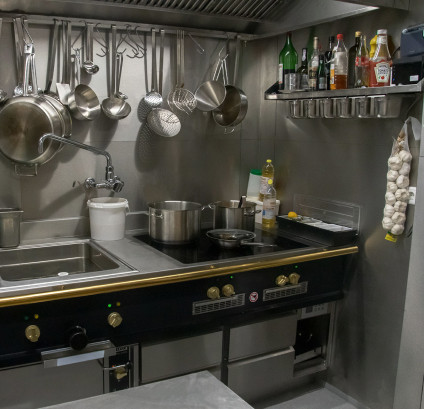Frozen produce may be more nutritious than fresh-stored, studies show
Blast chillers
Currently, freezing is the most widely used method of preserving produce. It is a crucial technological step for preserving many confectionery products and, in the catering industry, it is a way to extend the shelf-life of seasonal produce, ensure efficient planning of production cycles in the kitchen, and prepare any item on the menu, when the selection is large.
Quick freezing: Higher quality and improved safety
The water the food contains crystallizes into ice during the freezing process. The longer the freezing time, the larger the ice crystals. Large crystals can damage tissue and rupture cells. When the food is being defrosted, the liquid in the cells seeps out. Longer freezing times, therefore, negatively impact the quality of food, resulting in poorer flavour, dryness, and faster degradation.
Ice crystallization occurs at temperatures between −1ºC and −4ºC. Quick freezers chill the food extremely fast, bypassing this key interval. This leaves the cells undamaged and preserves the quality of food. Blast chillers have an operating temperature of −40ºC.
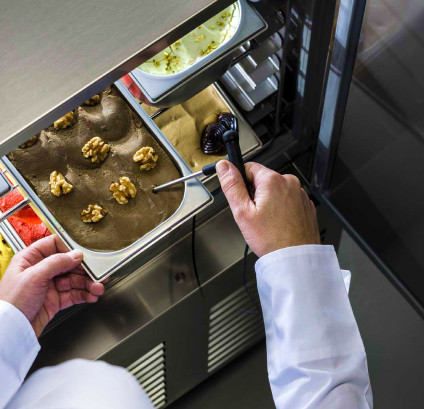
Quick freezing is also beneficial in terms of food safety, as the extreme cold inhibits bacterial growth. It is important to note, however, that freezing, unlike other methods of preservation, does not sterilize the food, so one should ensure that it is prepared properly. If the food is prepared properly and placed in the freezer immediately after cooking, the risk of contamination is reduced to a minimum. Food safety is one of the reasons why quick freezing is so popular in commercial catering settings.
Blast chilling saves time and minimizes loss
Blast chilling reduces loss from evaporation, and the product, therefore, retains its moisture and weight, unlike when using traditional cooling methods. In addition, it saves time — it shortens the cooling process by up to 5 times. Rapid chilling protects the food and slows down degradation, as it stops the spread of micro-organisms and the process of fermentation, which causes food spoilage. Blast chillers have entry temperatures up to 90˚C for chilling.
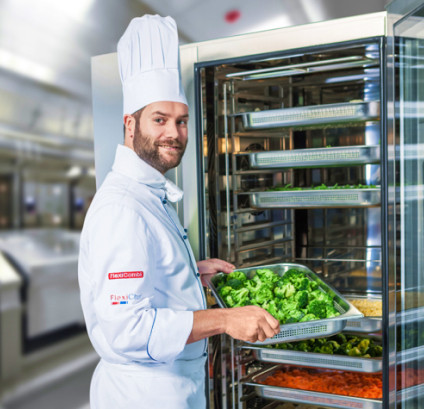
Blast chiller applications
Blast chilling equipment is widely used in the frozen food industry for preparing products such as ice-cream, ready-made meals, vegetables, and fish. Blast chillers are also used in hotels, large restaurants, fast-food diners, cafeterias, resort restaurants, and other catering establishments. One key advantage of blast chillers is their versatility, as they can quickly handle products of all shapes, however irregular they may be.
Though compact in size, the device offers a wide range of functions. It can be used for:
- Chilling culinary and baked products after thermal processing
- Quickly freezing confectionery and semi-finished products
- Quickly freezing culinary and semi-finished products (either thermally processed or unprocessed semi-finished pre-portioned products, vegetables, lasagne, soups, etc.)
- Producing frozen products (such as ice-cream, dumplings, pancakes, berries, mushrooms, etc.).
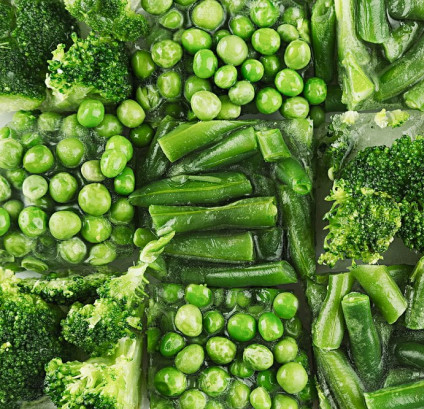
Like baking ovens and other professional-grade equipment, blast chillers are adapted for standard GN containers or baking trays. Our wide range of products will allow you to select the blast chiller of the size and working capacity best suited for your expected production volume and needs.
Frozen produce can be higher in nutrients than fresh-stored produce
Freezing is not only one of the simplest and most cost-effective ways to preserve seasonal harvest, but also the best way to retain the best qualities of food. When food is quickly frozen right after cooking, all of its freshness, taste and nutrients are locked in and retained until defrosting. This means that such food will be just as perfect as freshly cooked.
According to recent studies, frozen produce is not only not inferior to fresh produce in terms of nutritional value, but also, in some cases, can even surpass it in terms of the amount of nutrients it contains. Data gathered by US universities show that frozen fruits and vegetables are as nutritious as fresh produce, and often, in fact, superior to it.
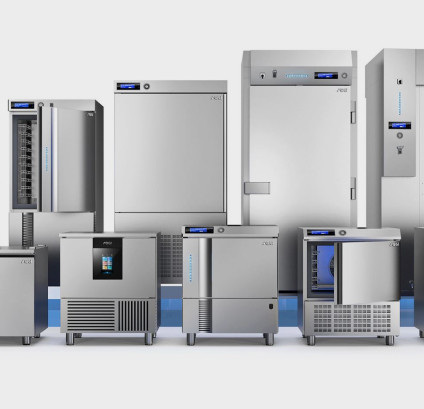
The study has found that the amounts of vitamins A and C and folates in some frozen fruits and vegetables were greater than in their fresh-stored equivalents (1).
Two similar studies funded by the British Frozen Food Federation carried out more than 40 comparative tests of fresh and frozen produce. In two-thirds of cases, frozen fruits and vegetables contained more vitamin C, total antioxidant-type polyphenols, lutein, b carotene, and anthocyanins (antioxidant-type compounds found, for example, in berries) than fresh products stored in a refrigerator (2).
‘Freezing is natures pause button,’ says Dr. Ronald Pegg, a food science researcher. ‘It maintains freshness in what we call fresh foods, slows down enzymatic reactions, increases the time it takes for anything to degrade.’ By contrast, fresh produce, according to him, is a living material, which respires, is affected by oxidation and enzymes, and degrades and loses nutrients over time. This is normal and to be expected.
